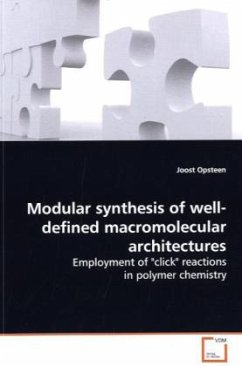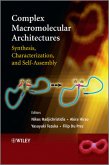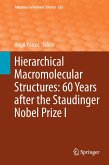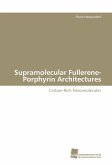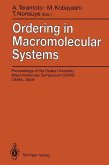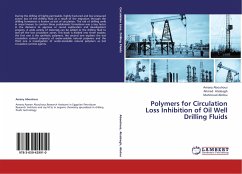Click chemistry, and the copper(I)-catalyzed
cycloaddition of azides and terminal alkynes in
particular, has recently taken a tremendous flight in
the field of polymer chemistry. One of the main
reasons for this revolution stems from the fact that
scientists want to gain control over polymer
structures in order to adapt to a specific
application environment. Nowadays, a wide range of
living and controlled polymerization techniques is
available to prepare polymer architectures with a
large variety of distinct topologies, functionality,
predetermined degree of polymerization and narrow
molecular weight distribution. In combination with
specific and efficient coupling chemistry, like a
"click" reaction, macromolecular architectures can be
synthesized which are hard to assess otherwise. In
this respect "click" chemistry absolutely has added
value in polymer science...
This book reviews the use of the copper(I)-catalyzed
cycloaddition of azides and alkynes along with the
controlled radical polymerization technique atom
transfer radical polymerization. This methodology was
applied in order to prepare AB and ABC type block
copolymers, macrocyclic polymers and to attach
biomolecules.
cycloaddition of azides and terminal alkynes in
particular, has recently taken a tremendous flight in
the field of polymer chemistry. One of the main
reasons for this revolution stems from the fact that
scientists want to gain control over polymer
structures in order to adapt to a specific
application environment. Nowadays, a wide range of
living and controlled polymerization techniques is
available to prepare polymer architectures with a
large variety of distinct topologies, functionality,
predetermined degree of polymerization and narrow
molecular weight distribution. In combination with
specific and efficient coupling chemistry, like a
"click" reaction, macromolecular architectures can be
synthesized which are hard to assess otherwise. In
this respect "click" chemistry absolutely has added
value in polymer science...
This book reviews the use of the copper(I)-catalyzed
cycloaddition of azides and alkynes along with the
controlled radical polymerization technique atom
transfer radical polymerization. This methodology was
applied in order to prepare AB and ABC type block
copolymers, macrocyclic polymers and to attach
biomolecules.

